Dubai has marked a turning point in the transportation industry when an all-electric flying taxi made its first test flight in the desert. Under the coordination of the Roads and Transport Authority (RTA) and the US airline Joby Aviation, the eVTOL – vertical take-off and landing aircraft – completed its technical test with stable and promising results.
Unlike conventional aircraft, Joby’s flying taxi has a fixed-wing design and 6 independent electric rotors. When taking off, these rotors point vertically to create lift. When reaching a stable altitude, the system will automatically adjust to a horizontal flight configuration to optimize performance and save energy. Thanks to that, the vehicle does not need a runway and can operate flexibly in the middle of the city.
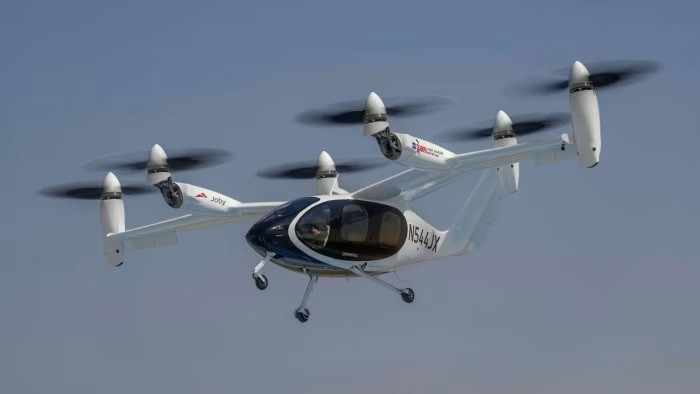
In terms of performance, this flying taxi model reaches a maximum speed of 320 km/h and can fly continuously for 160 km on a single charge. The battery used is a high-density lithium-ion type, compatible with fast charging technology at specialized stations - also known as vertiports - which Dubai is investing in synchronously.
The test simulated a journey from Dubai International Airport to the Palm Jumeirah artificial islands, a distance of 35 km, taking only 12 minutes by flight. If traveling by car under normal traffic conditions, this route could take from 45 to 60 minutes.
Not only is it fast, flying taxis are also highly regarded for their environmental friendliness. The noise level is below 65 decibels – lower than a vacuum cleaner, and clearly more pleasant than a helicopter engine. The multi-rotor structure helps disperse lift, reduce vibration and stabilize in changing weather conditions, especially in areas with high winds.
Another notable point is the control system integrated with artificial intelligence (AI). AI not only monitors the operating status in real time – from speed, altitude, wind direction to battery level – but can also handle emergency situations and find a safe landing plan in special cases.
Dubai is rushing to complete vertiport stations at four key locations including the international airport, the financial center, Palm Jumeirah and Dubai Marina. Each station will include a landing pad, waiting area, charging system, and an automated flight control center directly connected to the urban air traffic system.
On the regulatory front, the city is developing its own set of operating standards for unmanned and semi-autonomous aircraft. This is to ensure that flying taxis can operate safely and integrate smoothly into the existing transportation network.
Dry weather, low clouds and good visibility are considered ideal conditions for testing and deploying eVTOL in Dubai. In addition to reducing the load on the ground transportation system, the city also hopes that the new technology will significantly contribute to reducing emissions from the transportation sector – one of the largest sources of emissions today.
According to the plan, the flying taxi service will be officially commercialized in 2026. The first phase will target high-end customers, before expanding the scale and adjusting prices to serve the general public.
The successful test not only brings Dubai closer to its goal of 25% autonomous urban vehicles by 2030, but also helps shape the future of urban transportation – where short-haul flights will gradually replace congested ground journeys. And in that vision, eVTOL is a bright name to open a new chapter in the world 's transportation industry.
Source: https://khoahocdoisong.vn/dubai-bay-thu-taxi-dien-mo-duong-cho-giao-thong-tren-khong-post1551937.html



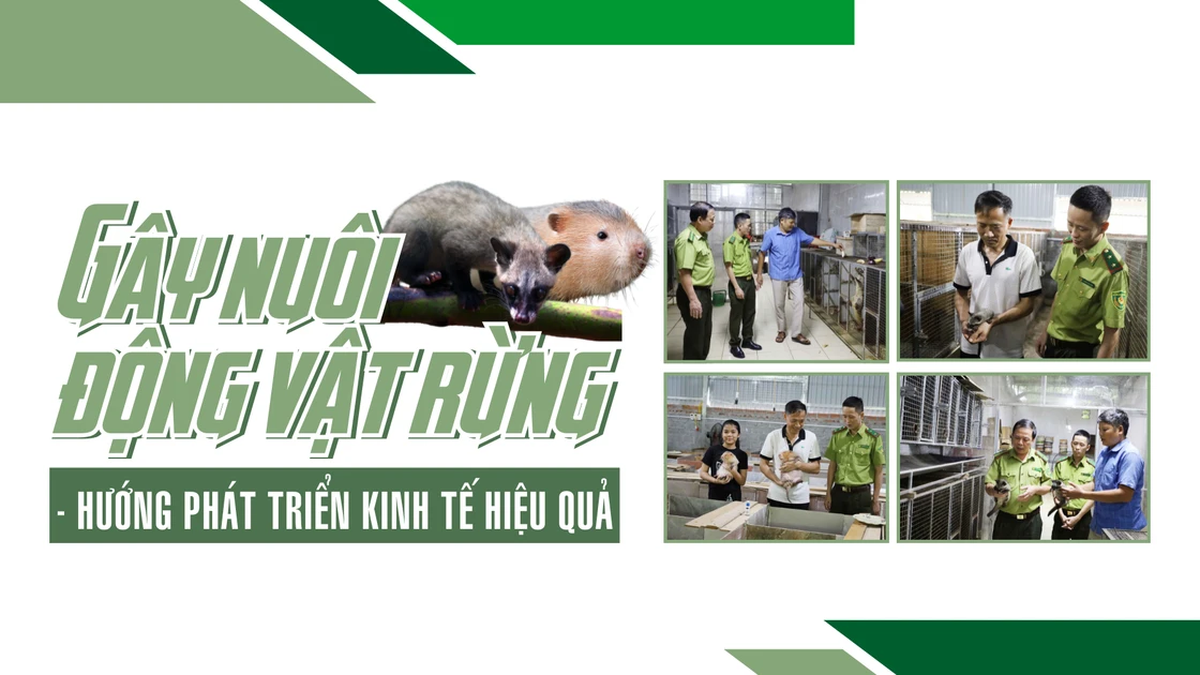
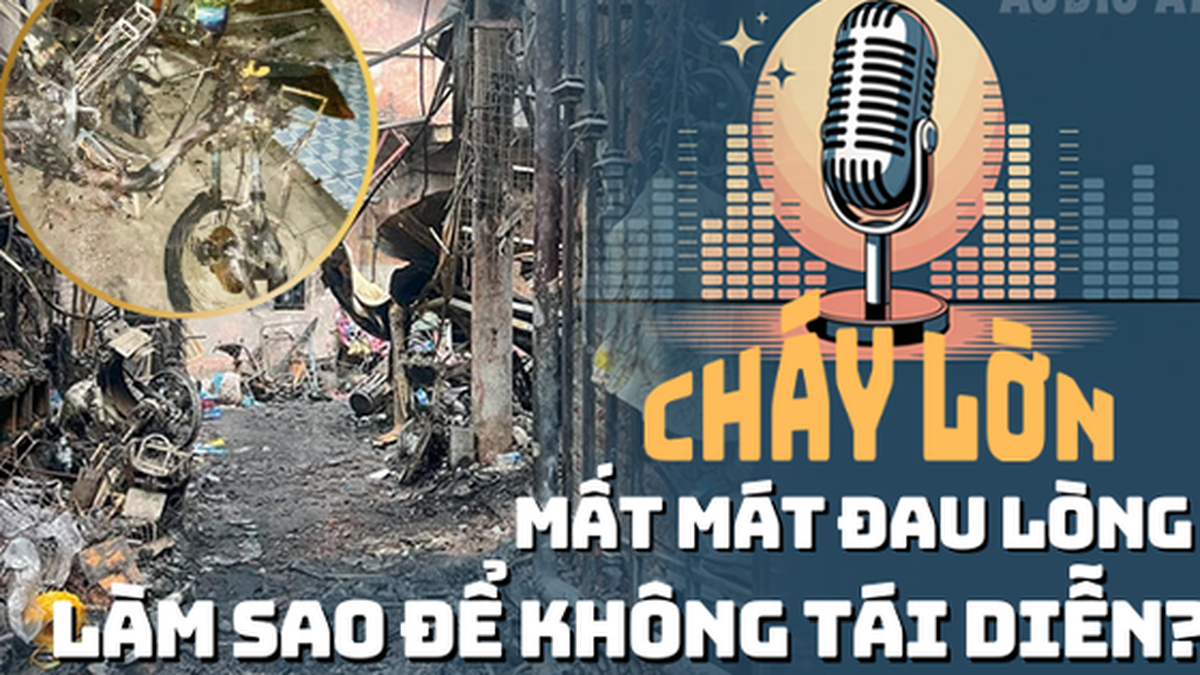

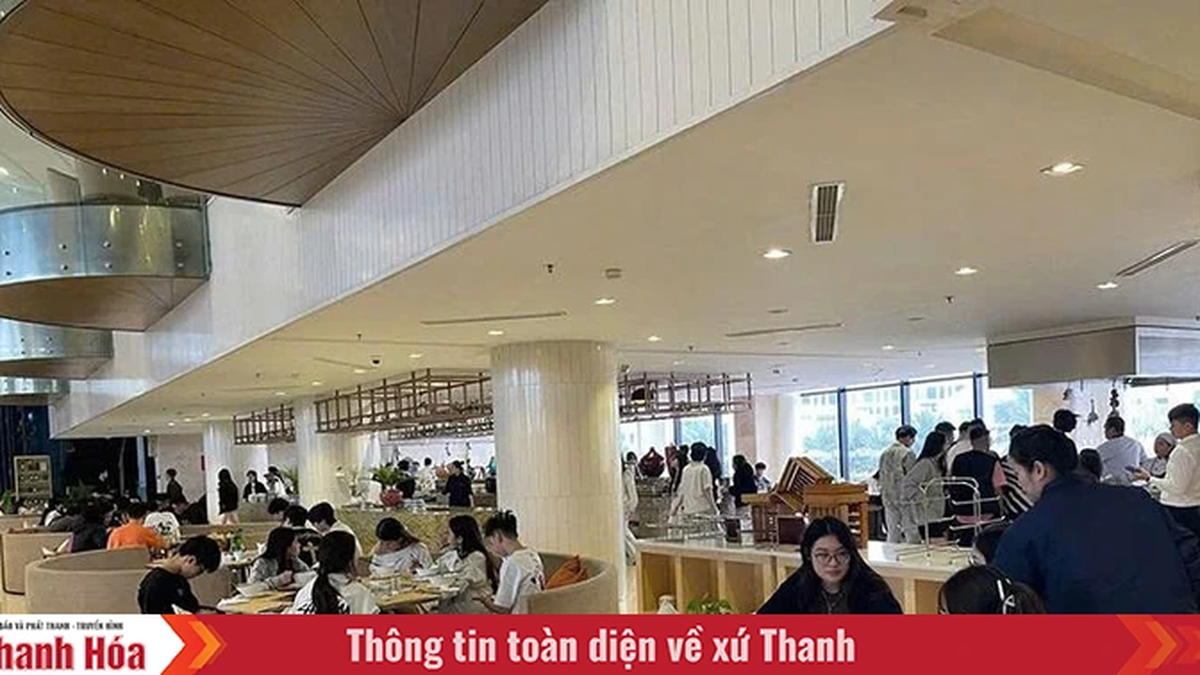


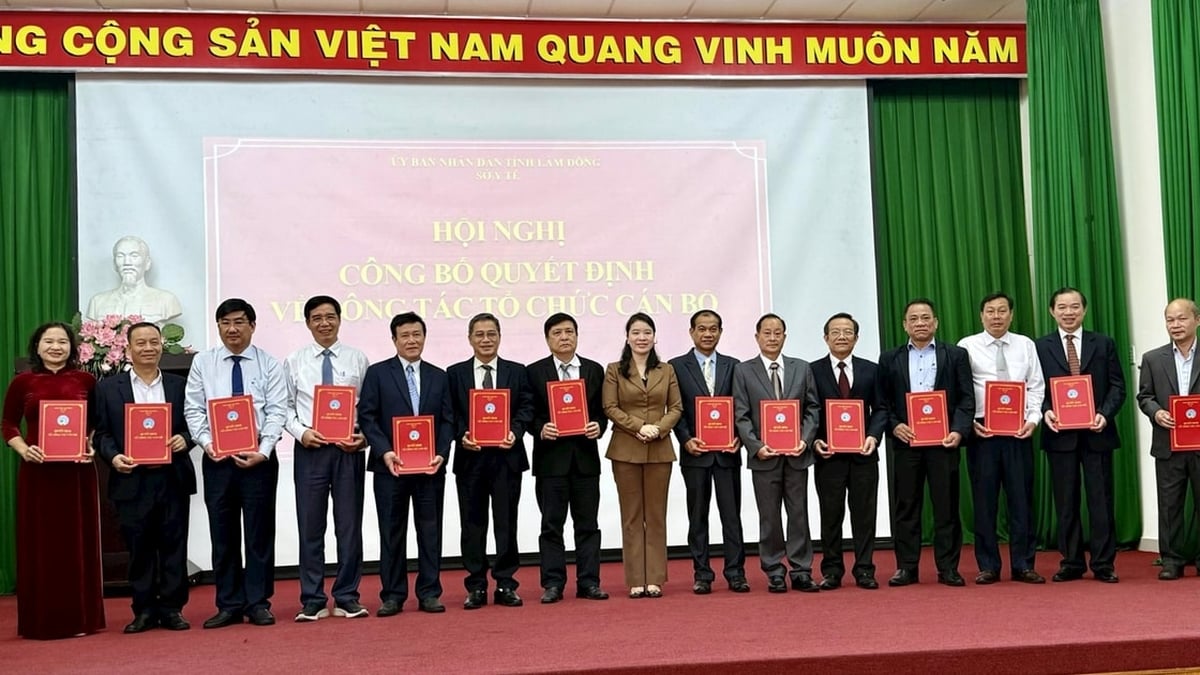


















![[Photo] Gia Lai provincial leaders offer flowers at Uncle Ho's Monument with the ethnic groups of the Central Highlands](https://vphoto.vietnam.vn/thumb/1200x675/vietnam/resource/IMAGE/2025/7/9/196438801da24b3cb6158d0501984818)







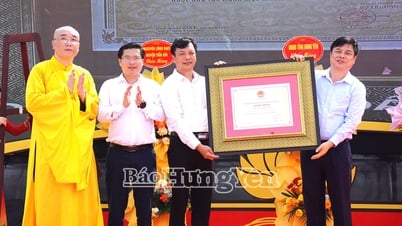



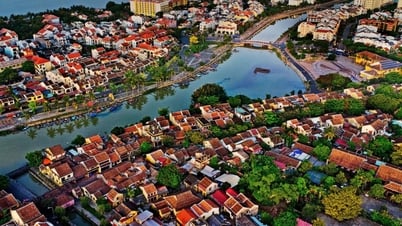

















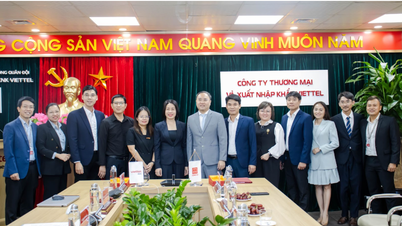


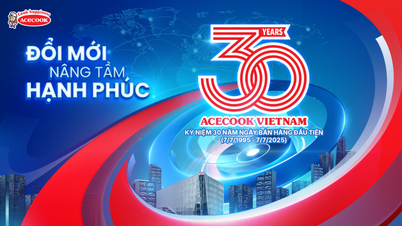





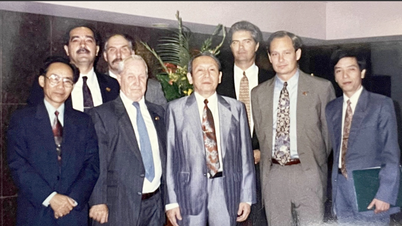


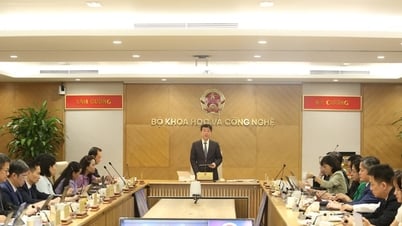

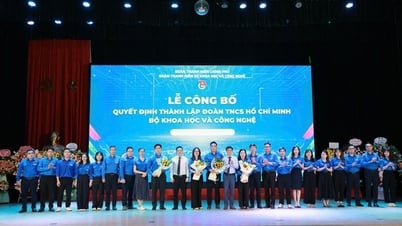





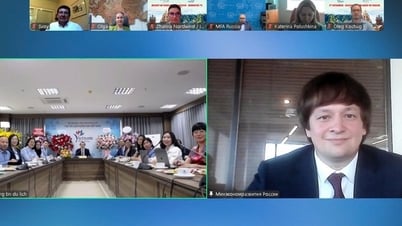





















Comment (0)